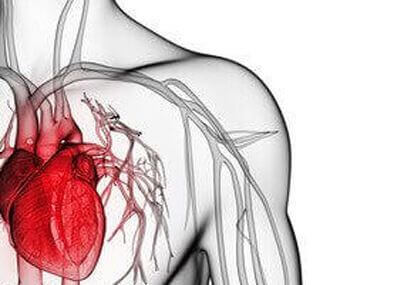The association between aortic stenosis and some degree of mitral stenosis (MS) is around 10% (depending on the series), and it is related with negative outcomes.
 In high-risk and inoperable patients who underwent TAVR, that association and its significance have not been studied yet.
In high-risk and inoperable patients who underwent TAVR, that association and its significance have not been studied yet.
The study analyzed data from the Society of Thoracic Surgeons/American College of Cardiology Transcatheter Valve Therapies (TVT) Registry and 44,755 patients were included. Among them, 39,554 did not present MS (88.4%); in 3987, MS was not severe (8.9%), and in 1214, MS was severe (2.7%).
The primary endpoint was the composite of all-cause death, stroke, heart failure hospitalization, and mitral valve intervention after a 1-year follow-up.
Read also: Morbidity and Mortality During Authorization Wait-Times for TAVR.
Mean patient age was 82 years old (52% of subjects were male). Patients with MS experienced more frequently New York Heart Association functional class IV heart failure, dialysis, other-valve regurgitation, and history of non-aortic valve procedures. Additionally, they presented (less frequently) left main disease or proximal lesions in major epicardial vessels.
The presence of severe mitral regurgitation was more frequent among patients with severe MS.
During hospitalization, severe MS was associated with higher mortality rates than non-severe MS and no MS (5.6% vs. 4.1 %, vs. 3.9 %; p = 0.002). The presence of moderate to severe aortic regurgitation was also higher among this group. No difference was observed as regards acute myocardial infarction and stroke. There was no difference as regards the composite of death and stroke, either.
Read also: Do the Best Coronary Revascularization Prior TAVR.
After a 1-year follow-up, the primary endpoint was more frequent among patients with severe MS (40.2% vs. 33.5%, vs. 33.7%; p = 0.0006). That group also presented higher rates of mortality and heart failure hospitalization than the other two groups, but there was no difference as regards stroke.
The need for mitral intervention was more frequent in patients with severe MS before TAVR (1.4% vs. 0.4%, vs. 0.4%; p = 0.005).
After adjusting for variables, severe MS was associated with a higher primary endpoint and higher rates of mortality and heart failure hospitalization at 1 year.
Conclusion
Approximately one out of ten patients who undergo TAVR have concomitant mitral stenosis. Severe mitral stenosis is an independent predictor of adverse events after a 1-year follow-up. The high risk for adverse events during the follow-up must be considered when evaluating patients with combined aortic and mitral stenosis for TAVR.
Editorial Comment
This interesting analysis shows that the number of elements to be considered when assessing patients for TAVR is higher and higher.
While the aforementioned association is uncommon (only 10% of patients present this pathology, and only 1 out of 4 patients experience its severe form), its negative impact at one year is strong, and it also implies a higher need for future interventions in the affected valve.
It is important for the heart team to become well acquainted with this uncommon setting and to be very clear while discussing potential events with the patient and his/her relatives.
Courtesy of Dr. Carlos Fava.
Original title: Prevalence and Outcome of Mitral Stenosis in Patients Undergoing Transcatheter Aortic Valve Replacement. Findings from the Society of Thoracic Surgeons/American College of Cardiology Transcatheter Valve Therapies Registry.
Reference: Lee Joseph et al. J Am Coll Cardiol Intv 2018;11:693-702.
Get the latest scientific articles on interventional cardiologySubscribe to our weekly newsletter
We are interested in your opinion. Please, leave your comments, thoughts, questions, etc., below. They will be most welcome.





